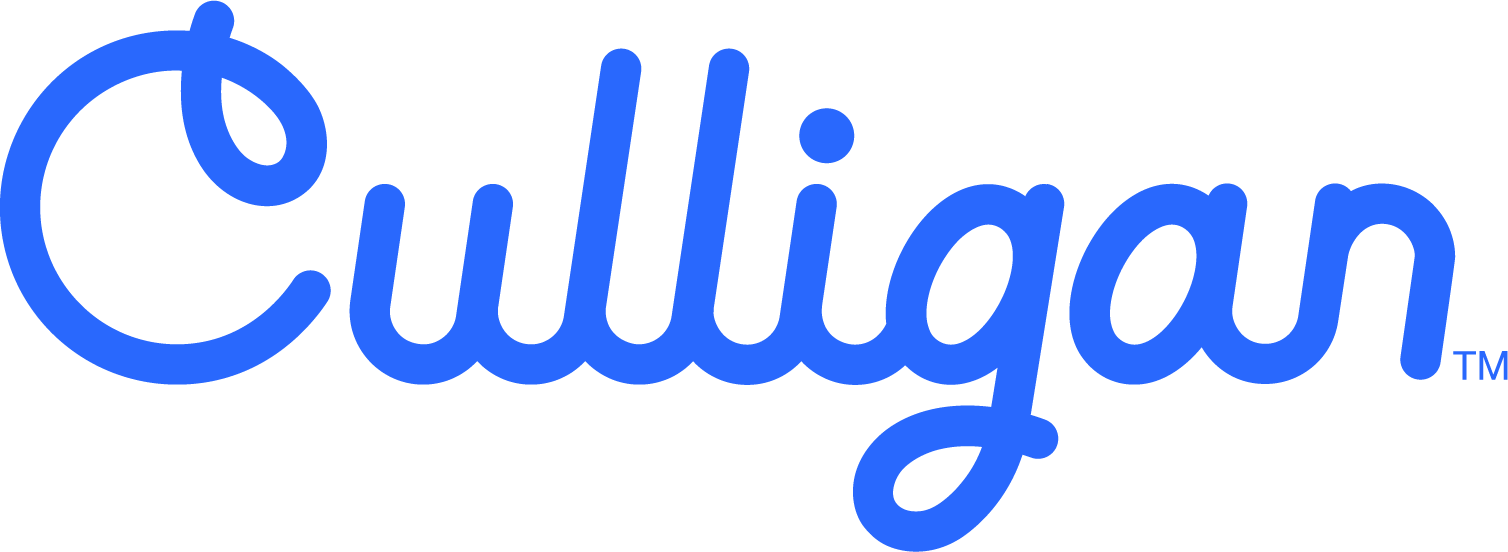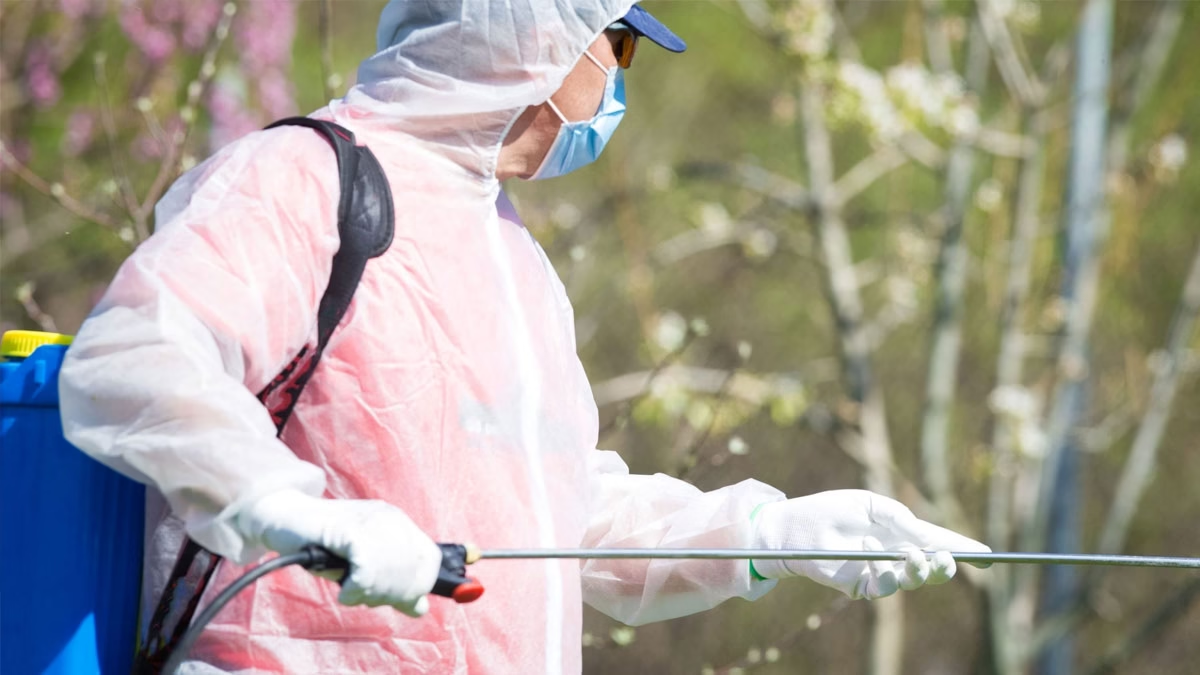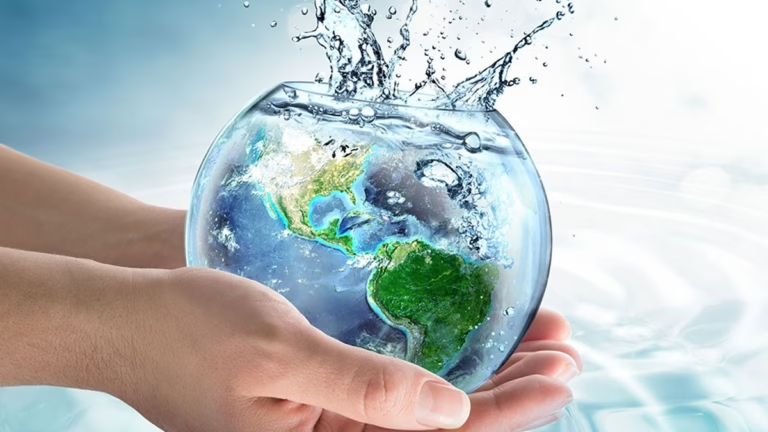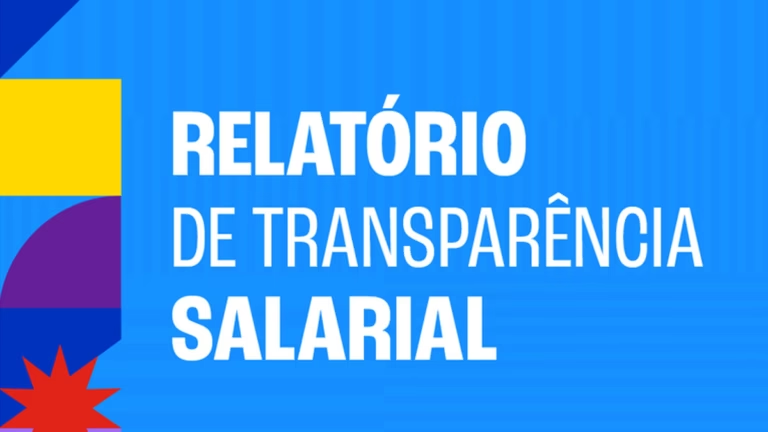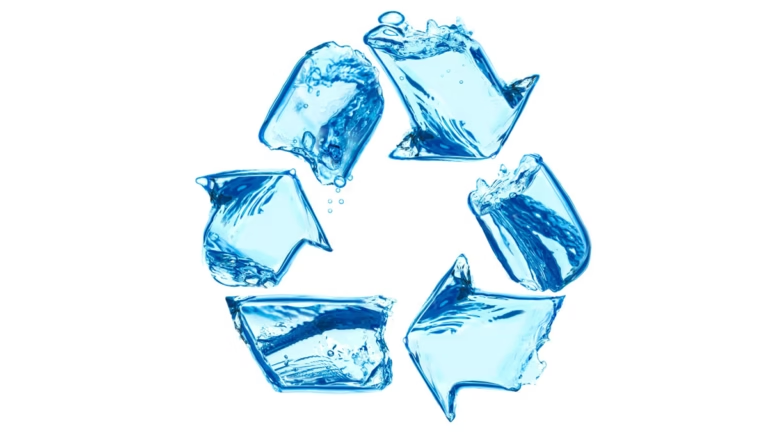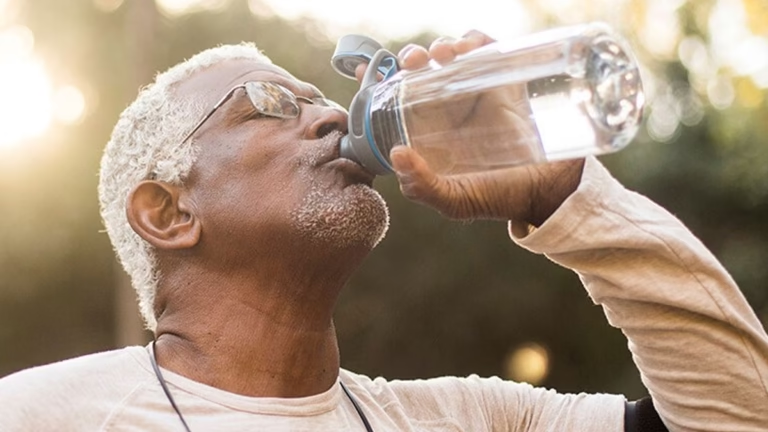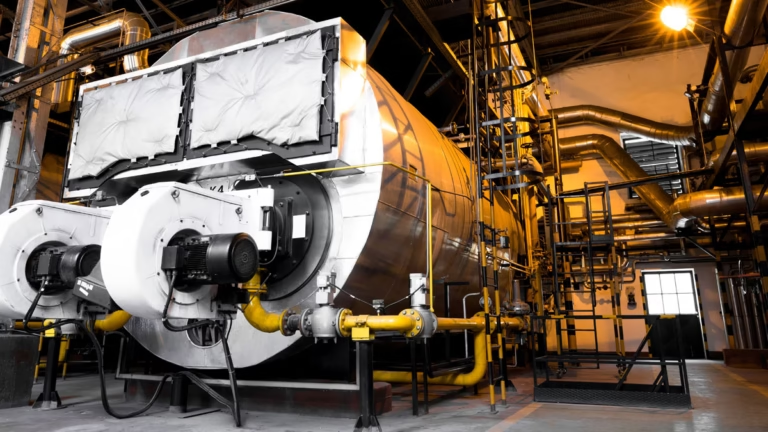Pesticides: from the plantation to our table
Pesticides are chemical products used to control and eliminate insects, pests, fungi, larvae and other organisms that contaminate environments and harm the growth of crops. Although they are most commonly used in the agricultural sector, pesticides are also used in other ecosystems, such as native forests, lakes and even in urban areas.
The market for chemical agents to eliminate harmful organisms in vegetation offers different types of pesticides, such as insecticides, to control insects; fungicides, to combat fungi; herbicides, to eliminate invasive plants; fumigants, to combat soil bacteria; raticides, to combat unwanted rats and other rodents; acaricides, to eliminate mites; among other less common ones.
Despite offering a solution to problems in the field, this type of chemical agent poses risks to our health and its presence in Brazilian water reaches significant levels.
The presence of pesticides in Brazilian water
According to the Water Quality Monitoring Information System for Human Consumption (Sisagua), which gathers the results of tests carried out by water supply companies, water contamination is increasing rapidly and steadily.
In 2014, 75% of tests detected pesticides. That rate rose to 84 percent in 2015, 88 percent in 2016, and 92 percent in 2017. At this rate, it could be hard to find pesticide-free water on tap in a few years.
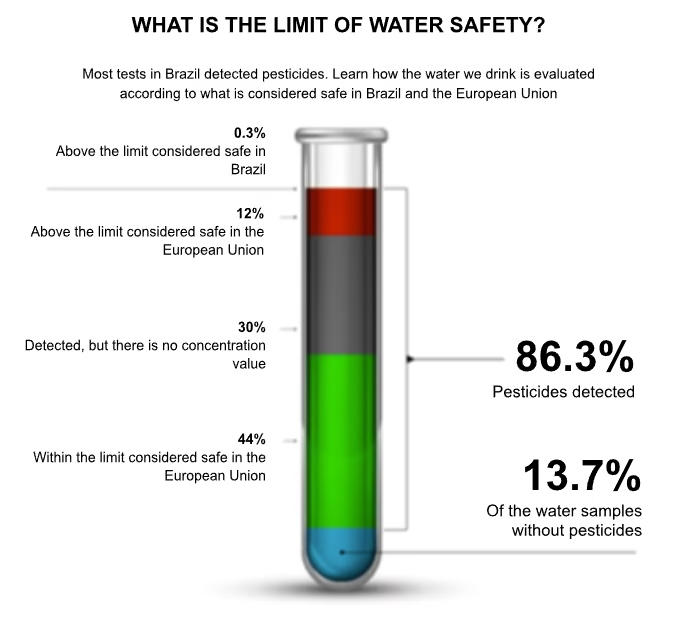
Of the 27 pesticides tested and detected in several cities in Brazil, 21 are banned by the European Union. According to Pelaez and collaborators (2016), in 2011 Brazil was the second largest world market for pesticides, where 19% of the total products sold in the world were sold, while the United States was the country that consumed the largest proportion of such products (27% of world trade). According to the same authors, Brazil became the world’s largest importer of pesticides in 2012, increasing the amount imported tenfold between 2000 and 2013.
Amount of pesticide allowed in water
Source: Information System for Monitoring the Quality of Water for Human Consumption (Sisagua)
Glyphosate: the most sold pesticide in Brazil, the European Union and the USA
Among the options available on the market to meet the demands of the agricultural sector, the most common in Brazilian soil is Glyphosate (N-(phosphonomethyl) glycine).
In short, glyphosate-based herbicides (HBGs) act as biocides by inhibiting the enzyme 5-enolpyruvoyl-shikimate-3-phosphate synthetase (EPSPS), blocking the biosynthesis of the aromatic amino acids tryptophan, phenylalanine and tyrosine. In practice, these products act as a solution for weeds that compromise the health of crops.
Glyphosate (N-(phosphonomethyl) glycine) is classified as slightly toxic (toxicological class IV) and is authorized for use in the country for post-emergence application of weeds.
Risks to human health
Despite being known as agricultural pesticides, pesticides can play a villainous role when it comes to human health, and the risks resulting from contact with our bodies have been worrying scientists and doctors.
Studies have shown that glyphosate, by blocking the metabolic processes of bacteria in the intestinal tract, leads to the development of diseases due to the interruption of the synthesis of substances that these bacteria provide to the host (humans and others).
Mesnage and collaborators (2014) reported that commercial formulations containing glyphosate are up to a thousand times more toxic than the active ingredient alone, revealing that there are synergistic effects between the components of glyphosate-based herbicides.
Studies also show that glyphosate has an endocrine disrupting effect on human liver cells (GASNIER et al., 2009), and in a study published in 2012, it was reported that Roundup, in concentrations in the order of parts per million (ppm), induced necrosis and programmed death (apoptosis) of rat testicular cells, among other effects indicative of hormonal interference in those mammals (CLAIR et al., 2012).
In 2013, a study was published that demonstrated that glyphosate, at a concentration of parts per trillion (ppt), induces the proliferation of human breast cancer cells (THONGPRAKAISANG et al., 2013).
For Brazilians, the most worrying information in this scenario is that our regulatory standards are more tolerant regarding the volume of pesticide allowed in water when compared to other countries. In the European Union, the Maximum Permitted Values (VMP) of Glyphosate in water is 0.1ug/L, while in Brazil it is 500ug/L, that is, 5,000 times higher than the limit of the European Union.
ANALYSES 2019
1st Semester 2019
- 195 Glyphosate analyses at points of consumption
- In 174, Glyphosate was detected (89%)
- 160 in SP alone
- 48 samples above the European Union limit (25%)
- 40 in SP alone
2nd Semester 2019
- 173 Glyphosate analyses at points of consumption
- In 155, Glyphosate was detected (90%)
- 140 in SP alone
- 41 samples above the European Union limit (24%)
- 35 in SP alone
Research indicates a relationship between exposure to glyphosate and the death of more than 500 children per year in Brazil
A recent study conducted by researchers from Princeton, FGV and Insper links river contamination by Glyphosate with a significant increase in the infant mortality rate in municipalities in the South and Central-West.
The spread of Glyphosate in soybean crops has led to a 5% increase in infant mortality in municipalities in the South and Midwest that receive water from soybean-growing regions (where transgenic soybeans are grown, the main grain produced and exported by Brazil). This is what a survey conducted by researchers from Princeton in partnership with the Getulio Vargas Foundation and Insper shows.
The increase in the infant mortality rate represents a total of 503 children dying each year due to contact with Glyphosate used as a herbicide against weeds in soybean plantations in these regions.
The study, called “Downstream: Glyphosate Use in Agriculture and Birth Outcomes in Surrounding Populations,” was motivated by the significant increase in the production of transgenic soybeans in Brazil, mainly in the Midwest and South. The period between 2004 and 2010 was used to analyze the data that relate the expansion in the production of transgenic soybeans to birth and infant mortality rates, and annual information was extracted.
The results showed that there is a deterioration in health conditions at birth in these municipalities downstream from the cities that expanded soybean production (which receive water from areas where glyphosate is used), with a greater likelihood of premature births and – most seriously – an increase in infant mortality. Through empirical analyses, the researchers were also able to prove the relationship between the problem and the water distributed for consumption to this population, since the municipalities upstream – that is, those that do not receive the same water from the areas exposed to the pesticide – were not affected by the worsening of birth and infant mortality statistics.
The study draws attention to another aspect that reinforces the confirmed hypothesis of exposure to Glyphosate through the consumption of contaminated water: the worsening of birth data is also greater when it rains more during the Glyphosate application season, between October and March.
“One concern that existed was that there could be contamination of the water, since toxicological studies in the United States, Argentina and Brazil detected the presence of glyphosate in rivers, but in an ad hoc, non-systematic manner,” explains Soares.
According to Rodrigo Soares, a professor at Fundação Insper and one of those responsible for the study, there is great concern about the effects of herbicides on populations that are not directly involved in agriculture. “Our article is one of the first to credibly show that this should in fact be a concern, by demonstrating contamination through watercourses in areas far from the areas of use, in a way that had never been done before,” concludes Soares.
How do these substances reach our water?
Glyphosate is usually sprayed, and is generally absorbed into the plant through its leaves and new stems. It is known that aerial spraying of this herbicide carries it not only to crops, but also to bodies of water and clouds, through evaporation, which can precipitate in distant locations, causing it to be distributed in places far from the application.
Glyphosate adheres strongly to the soil, so it is not expected to pass into groundwater. However, it has the potential to contaminate surface waters due to the possible erosion of sediments or suspended particles that have been carried to surface water and that contain glyphosate.
A monitoring study carried out in Denmark between 1999 and 2009 revealed that glyphosate could be transported from contaminated lands to groundwater and rivers through rainwater infiltration.
According to studies by Cartaxo (2020), the main sources of pesticides are Effluent Treatment Plants (ETEs) and surface runoff in agricultural areas.
ETEs are usually designed to remove conventional contaminants, such as solids and biodegradable organic matter.
Despite presenting lower concentrations of microcontaminants, springs can be sources of water for human consumption and their contamination can pose a greater risk to the health of the population.
The fact is that since the so-called “Green Revolution” – an important milestone in the last century that led to the advancement of mass agriculture – soil contamination by chemical agents has become more accepted, with the aim of preserving crops and increasing agricultural production, generating more food for a growing population.
Consequently, this process has brought more health exposure due to direct contact through the ingestion of water and food containing pesticides. Serious risks such as potential carcinogenicity justify the importance of paying attention to the issue and developing new solutions to mitigate this exposure.
ZeroWater: a water purifying jug capable of preventing the ingestion of pesticides and removing dissolved solids
ZeroWater, a brand of the Culligan group, offers in its portfolio a solution for eliminating pesticides present in water.
With five purification stages, the ZeroWater water jug offers protection beyond pesticides, completely removing all components dissolved in water, generally found on a microscopic encrustation, such as salts, metals, minerals and organic compounds. The high presence of these components can contaminate the quality of the water and pose health risks.
To measure this quantity of solids, a water quality measuring device called a TDS (total dissolved solids) meter is used, which identifies the level of dissolved solids in the water in parts divided by a million.
Tests performed on water purified by the ZeroWater jug prove the maximum elimination of these substances, proven by the zero mark on the meter display. In practice, the removal of these elements directly reflects the taste and final appearance of the liquid, providing greater purity.
In addition to removing dissolved solids, the ZeroWater pitcher also eliminates bacteria and retains 0.5 μm particles (class A in purification).
Among the options available on the international market, ZeroWater is the only one certified by the NSF (National Sanitation Foundation), the United States National Sanitation Foundation, an independent organization responsible for creating global sanitary safety parameters for public health.
Read also: Drought: the impacts of seasonal drought on water quality in Brazil
References:
CARRANÇA, Thais. The most widely used pesticide in Brazil is associated with 503 infant deaths per year, study reveals. Uol Meio Ambiente, May 25, 2021. Available at UOL News. Accessed on: June 9, 2021.
CARTAXO, A. et al. Emerging contaminants present in water intended for human consumption: occurrence, implications and treatment technologies. Brazilian Journal of Development, 2020.
GLYPHOSATE and AMPA in Drinking-water. World Health Organization, 2005.
